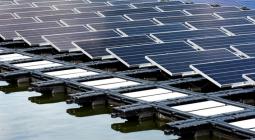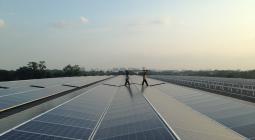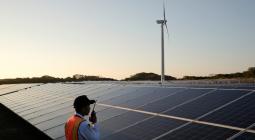As the buying and selling of solar energy becomes reality, Singapore could gain further ground on solar target.
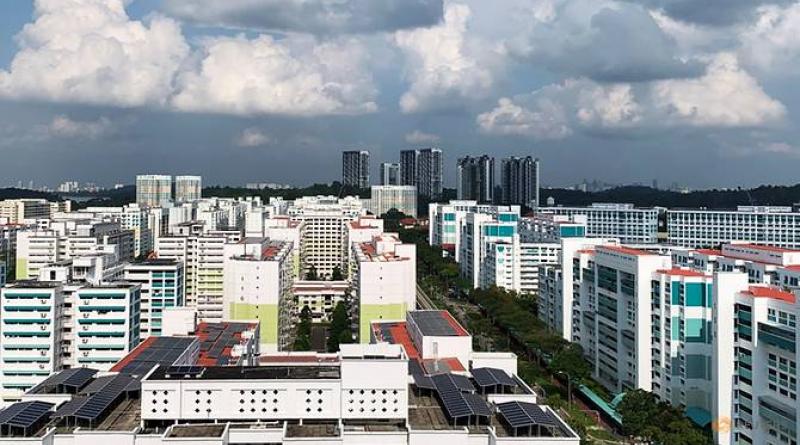
SINGAPORE: Imagine generating renewable energy via solar panels on your rooftop and being able to sell this energy to others.
All this could soon be a reality and a step forward for Singapore as it pushes for its 2030 solar target, should a pilot project by power generation firm Senoko Energy and Singapore energy innovation start-up Electrify prove successful.
The pilot, also conducted in partnership with Engie Factory - the venture arm of French multinational electric utility firm Engie - will allow individuals and companies to buy or sell solar energy on SolarShare, a peer-to-peer (P2P) solar energy trading platform.
SolarShare allows the matching of near real-time energy generation and energy usage, which is monitored using smart meters. The owners of solar panels list their energy offerings at their preferred rates on SolarShare, which automatically matches them to prospective customers.
Launched last month, experts said the pilot project is a positive step as Singapore eyes an ambitious target of installing at least 2 gigawatt-peak (MWP) of solar photovoltaic (PV) power in 10 years’ time.
This target for solar energy aims to produce enough power by 2030 to meet the annual needs of about 350,000 households. It was set in October last year.
Mr Tan Congyi, who is head of the Urban Solar Group at the National University of Singapore's (NUS) Solar Energy Research Institute of Singapore, said that along with other energy trading platforms which facilitate the transactions of renewable energy certificates (RECs), the SolarShare initiative will help bring providers and consumers closer together.
“With an increasing number of companies in Singapore looking for ways to power their operations completely using renewable energy, these platforms serve a useful function in connecting providers and consumers of clean solar electricity," he said.
"This, in turn, can help to encourage the development of new solar PV capacity."
Ms Melissa Low, who is a research fellow at NUS' Energy Studies Institute, called the project a “good indicator” that the renewable energy market is growing.
“I think it's a good indicator that the market is maturing, there are innovative solutions coming to market like these,” she said. “It will be able to show us data, whether or not the households in Singapore are ready for renewable energy, and not just to utilise in their homes, but to trade renewable energy as well."
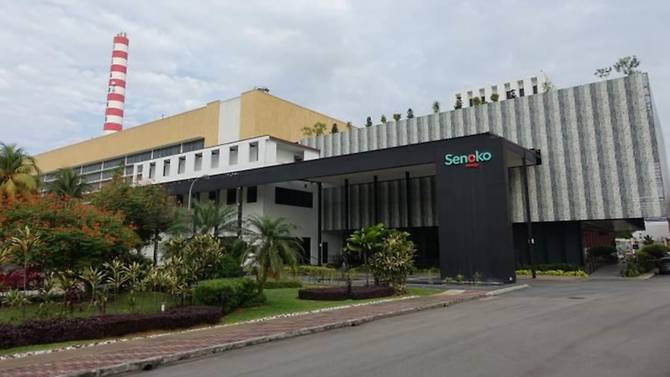
SolarShare allows for “grassroots generation” of renewable energy, Electrify Chief Executive Officer Martin Lim told CNA.
"A business model such as this, which allows for grassroots generation to sell power to everyone else - that's significant. A business model like this will allow for the greater proliferation of solar power," he said.
“If you live on the sixth floor of an apartment HDB, you can't get solar power. That sucks, then you forget about it, you move on. But now you don't have to forget about it because now it enters into the vernacular, enters into the conversation," he said.
"People can say: 'Hey, I have a solar panel and you can buy my power'."
Such P2P trading is "like eBay or Carousell" in the energy space, said Professor Subodh Mhaisalkar, who is the executive director of Nanyang Technological University's Energy Research Institute.
“Digitalisation has advanced rapidly in areas such as telephony, multimedia, retail services, and the last two frontiers some argue are healthcare and energy."
This means that households can potentially be producers and consumers of energy, he said.
“P2P enables the ‘prosumer’ culture where each household could potentially be a producer and a consumer (of energy)," he said. "Producer if you have your own installation of solar cells - or in other countries wind turbines or other forms of energy generation - and have excess electricity that you do not consume yourself."
"Instead of ‘selling’ it back to the grid at predetermined prices, you can now sell energy in the open market.”
A TARGET DOWN THE ROAD
Earlier this year, it was announced that Singapore had met its previous solar target of 350 MWp by 2020. This would mean that Singapore would need at least 1,650 MWp more of installed solar capacity to meet the 2030 target.
This will be led by the private sector and the P2P scheme would further incentivise those with large rooftop spaces to install more solar panels, said Prof Mhaisalkar.
“Singapore has also embarked on a programme to test and deploy energy storage (batteries) that help to address the concern of intermittency of renewables and also the potential concern about grid stability and reliability," he added.
In conjunction with the falling prices of solar cells and availability of higher efficiency solar cells, this will accelerate solar panel deployments, he said.
Mr Tan noted how the Government has "made it clear" it appreciates the significance of climate change.
Over the years, this has translated into numerous initiatives aimed at accelerating and expanding solar power deployment, before culminating in solar being designated as one of the “4 Switches” that will guide and transform Singapore’s energy supply, he pointed out.
“This is significant, as it underscores the important role that solar energy will play in Singapore’s long-term energy plans."
But en route to 2030, Singapore will continue to face a number of challenges such as the variable nature of solar power generation as well as spatial constraints, Mr Tan added.
“One obvious challenge is the lack of big open spaces to install large ground-mounted solar farms like in other countries. Hence, we need to be creative and prudent in using the spaces available to us when maximising the deployment of solar power,” he said.
Another challenge is the variable nature of solar power generation in Singapore due to frequent changes in cloud cover, he added.
"Measures need to be in place to ensure that this will not cause an issue for our power grid in the longer term beyond 2030, as solar PV deployment continues to grow.”
Ms Low also pointed out how capacity targets do not necessarily equate to uptake among Singaporeans.
“Uptake is an entirely different ball-game where you have to ensure that consumers want to use solar (energy) - but that’s more challenging,” she said.
This could be influenced by the cost of solar energy, as well as its perceived reliability, Ms Low pointed out.
“I think the uptake is going to be the issue for us, because I don’t see yet that there is a very strong interest," she said. "Maybe among certain groups - but these are not homeowners. There are a lot of youths who are interested and they're not homeowners and they are not decision-makers in the household yet."
However she also cited the HDB’s emphasis on increasing solar capacity as a positive example of pushing for adoption.
“I think Singapore is doing everything it can to enhance solar adoption in the market. There are constraints in terms of solar adoption," Ms Low said.
"(But) I think HDB is doing a lot ... I think that push from a government agency like HDB is great because that obviously signals that the Government is not only looking at private adoption, private sector adoption of solar panels, but also the public sector. And they are taking the lead, so to speak, on solar PV installation.”
To date, 5,550 HDB blocks have been fitted with or identified for solar panel installations, or more than 50 per cent of blocks islandwide.
By 2030, this figure will increase to 70 per cent, then-Minister for National Development Lawrence Wong said in Parliament earlier this year.
HDB aims to more than double the total solar power capacity on HDB rooftops from 220 MWp to 540 MWp by 2030, said Mr Wong.
It was also announced last year that a 60 MWp floating PV system is expected to be installed at Tengeh Reservoir by 2021.
This will generate sufficient green energy to meet the needs of daily operations of the five water treatment plants in Singapore as well as the Marina Barrage.
And as Singapore moves towards 2030, Mr James Chong, who is head of Senoko Energy's commercial division, noted there is now increased interest in the use of solar energy.
“If we have this conversation say three years back, I will tell you that pretty much nobody would be looking for solar energy. But the space is very different three years on," he said.
"This currently at this stage is pretty much headed by all the corporations … (But) I think among the young younger consumers, I think we do see trends surfacing as well,” said Mr Chong.
And if the 100 user pilot project proves successful, there are plans to scale up, he added.
“If everything is successful and there's really a commercial interest to it - definitely. I think it's (in) our best interest to roll these services to the whole of Singapore, including households and businesses alike," he said.
"We see P2P as a very key platform to bridge the gap right between the funding and the availability of rooftop space, so that every single inch of the available rooftops is actually made use of in Singapore ... thus maximising our renewables production in the future."
5 August 2020
ΑSIA CNA

